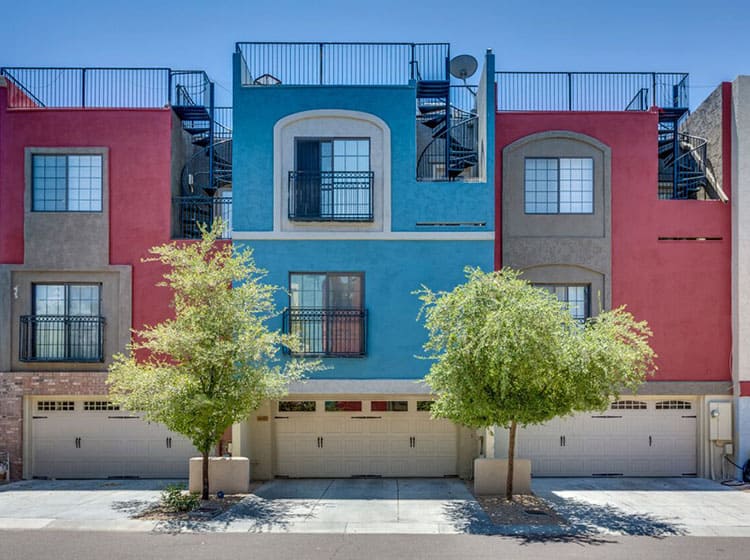Recognizing Seasonal Influences On Commercial Outside Painting: Crucial Knowledge For Success
Recognizing Seasonal Influences On Commercial Outside Painting: Crucial Knowledge For Success
Blog Article
Authored By-Regan Celik
When you're intending a commercial outside painting project, seasonal aspects can make or damage your results. You'll intend to consider just how temperature level and humidity influence paint application and drying out times. Picking the ideal period can guarantee your paint adheres properly and lasts much longer. But which periods are genuinely the most effective for this sort of work? Allow's check out the crucial elements that can affect your task's success.
The Effect of Temperature Level on Paint Application
When you're preparing a commercial exterior painting project, the temperature level can considerably affect how well the paint sticks and dries out.
Preferably, you wish to paint when temperatures range between 50 ° F and 85 ° F. If it's as well cool, the paint might not cure effectively, causing concerns like peeling off or cracking.
On exterior house painters , if it's too hot, the paint can dry out as well promptly, preventing proper attachment and resulting in an irregular coating.
You need to likewise think about the moment of day; morning or late afternoon uses cooler temperature levels, which can be more desirable.
Constantly examine the supplier's referrals for the particular paint you're making use of, as they usually give assistance on the ideal temperature array for optimal outcomes.
Moisture and Its Effect on Drying Times
Temperature isn't the only ecological variable that influences your industrial exterior painting project; humidity plays a considerable function as well. exterior painter plymouth can decrease drying times substantially, impacting the overall quality of your paint job.
When the air is saturated with moisture, the paint takes longer to heal, which can result in concerns like poor attachment and a greater threat of mold development. If you're painting on a specifically moist day, be planned for prolonged delay times in between layers.
It's vital to keep track of neighborhood weather and strategy as necessary. Preferably, go for humidity levels in between 40% and 70% for optimal drying.
Keeping these factors in mind ensures your job stays on track and delivers a long-term surface.
Best Seasons for Commercial Exterior Paint Projects
What's the very best time of year for your business exterior paint jobs?
Spring and early fall are generally your best options. Throughout these seasons, temperature levels are mild, and humidity degrees are commonly lower, creating ideal conditions for paint application and drying.
Avoid summer season's intense heat, which can cause paint to dry also quickly, causing inadequate bond and coating. In a similar way, winter months's cold temperature levels can prevent correct drying and curing, risking the longevity of your paint work.
Go for days with temperatures in between 50 ° F and 85 ° F for optimal results. Keep in mind to check the local weather report for rainfall, as wet problems can destroy your project.
Planning around ceiling painter twin cities guarantees your paint job runs efficiently and lasts much longer.
Final thought
To conclude, planning your industrial outside paint jobs around seasonal considerations can make a substantial difference in the result. By organizing work throughout the ideal temperature levels and moisture degrees, you'll make certain far better adhesion and drying out times. Remember to watch on local weather forecasts and choose the right time of year-- spring and very early fall are your best bets. Taking these actions will certainly aid you attain a sturdy and expert finish that lasts.
